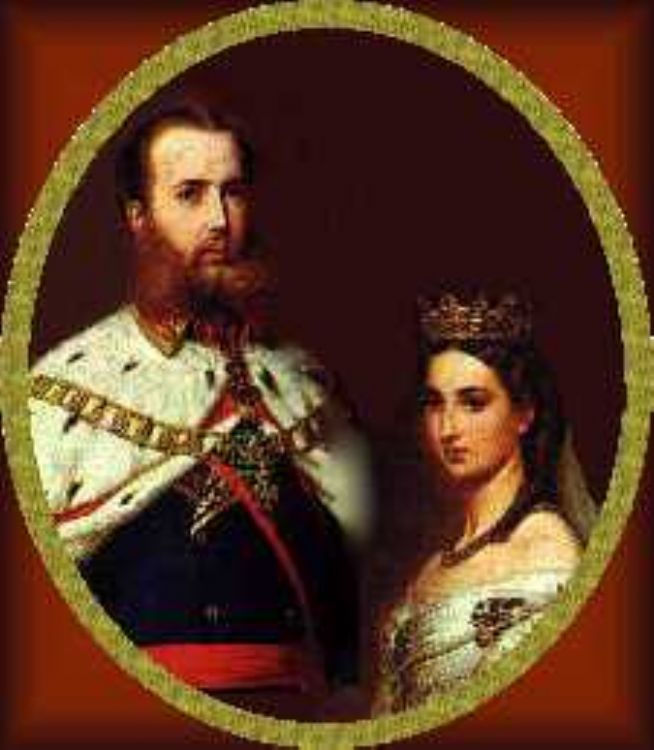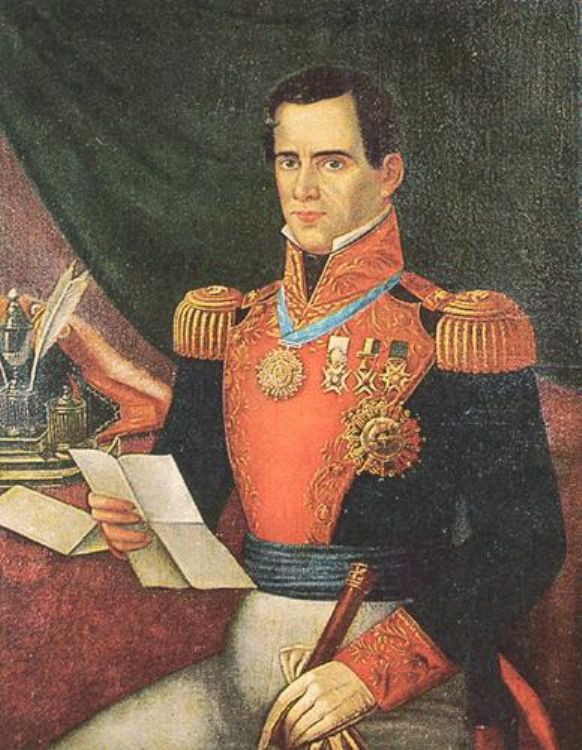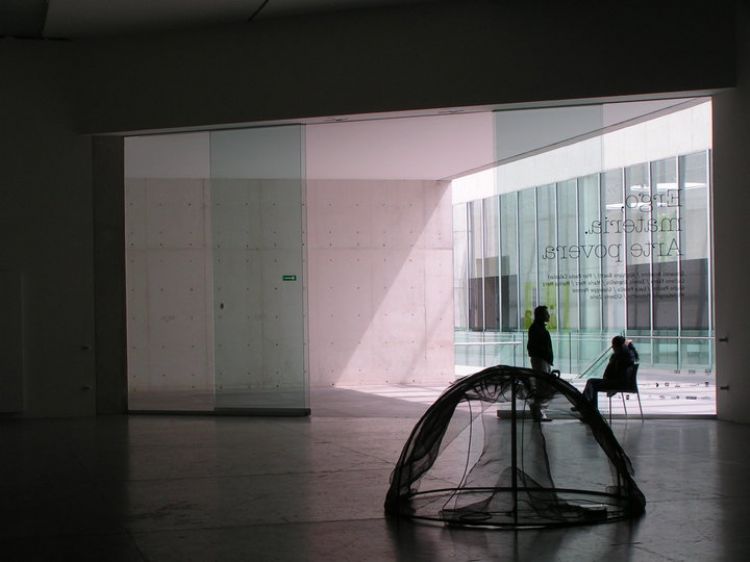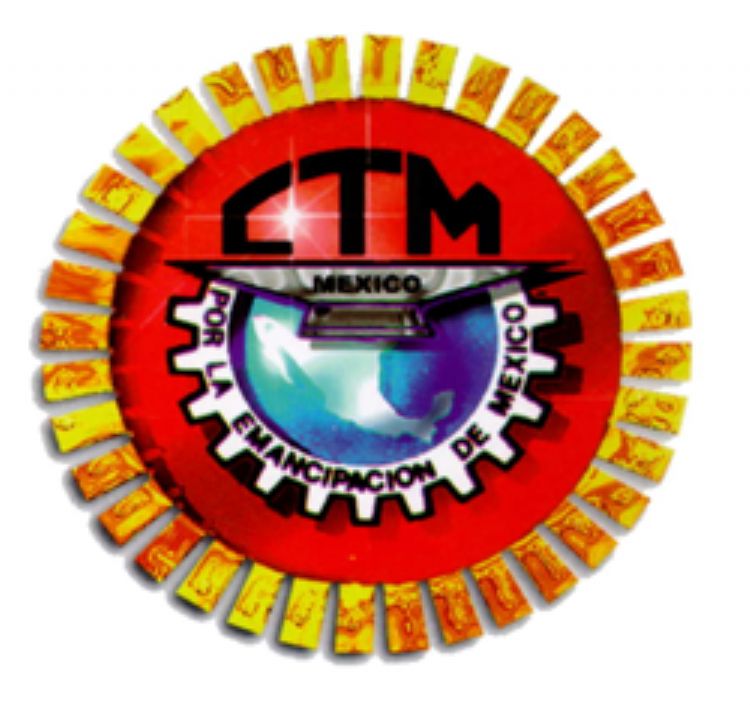History of Mexico
Mexico is the cradle of great pre-spaniard civilizations like the Olmecs, Mayas, Toltecs and Aztecs (or Mexicas) ; cultures that accomplished a high degree of development in the Arts such as architecture, poetry, painting and sculpture; in the numeric and mathematical systems, and in the organization of time in the shape of calendars. However, the story of the New World in Mexican soil is written with a blend of magical poetry and tragic reality.
The building of the Aztec Empire began in 1345 when Huitzilopochtli, the god of war, led priest Tenoch to the place the Mexicas would call home : the spot where an eagle, standing on a prickly pear, devours a serpent. This is the place where Tenochtitlan, the mother city of the Empire was built, after many bloody wars against other groups settled in the region.
The Aztec civilization reached its splendor under the guidance of the poet king Nezahualcoyotl, who designated Texcoco as the new capital city, introduced a new legal system, initiated great hydraulic projects and promoted the flowering of Nahuatl, the Mexica language.
Ironically, the magical legend that gives birth to this Empire is the same that brings about its demise, for in 1521 the Spanish invaders under the command of Hernan Cortes settled in what is known today as Veracruz and were welcomed by the Aztecs and greeted with extensive and luxurious gifts. As it turns out, king Moctezuma II believed the Spanish conqueror to be the mythical and fair god Quetzalcoatl or "plumed serpent", returning from exile with a clear skin and a grown beard.
Such a reception arouse the greed and thirst for wealth in the European invaders and paved the way for the conquest of what would become Nueva España or New Spain, and which would last for 300 years.
During the conquest, the Spanish Crown establishes 61 viceroyalties in Mexican soil. Race mixture is born within a society ruled by the Catholic Church, where the conqueror is granted large extensions of land as a reward for the service provided to the Spanish monarchs, and where the native inhabitant is slaved and forced to work.
It was not until the year of 1810 when the new Mexics of mixed race, the natives, and the new nationals of Spanish descent, decide to gain control over their own land, and in the morning of September the 16th of that same year, Miguel Hidalgo, a catholic priest of the town of Dolores, incite the Mexican people to join forces and bring the Spanish rule to an end, using an image of the virgin of Guadalupe as banner.
Following the Mexican independence, the country enters a period of multiple political and social setbacks and difficulties as a result of the eagerness to establish a new form of government. Finally, a republic ruled by a president is established; nevertheless, the country suffers extreme poverty and social stagnation due to the lack of political and administrative experience of the new government; this in addition to seeing the Mexican territory being drastically reduced as the states of Texas, California, Utah, Colorado, and a great part of New Mexico and Arizona are lost to the United States of America. Enter the year 1876, when general Porfirio Diaz becomes president and embarks the country in great projects like the extension of the railroad tracks, the telegraph and the telephone, all at a high cost for Mexican society : dictatorship.
As it turned out, he had to be removed from power by force after 33 years, in a struggle that lasted for a decade and that involved the taking part of great heroes of Mexican history like Emiliano Zapata , Pancho Villa and Francisco I. Madero, all of them key and prominent protagonists of the Mexican Revolution. The 20th of November of 1910 is the date when the Mexicans reminisce the victory in the fight against the system of land-ownership based on large estates or Haciendas called Latifundios, and against repression over freedom of speech that characterized the period ruled by dictator Porfirio Diaz, also known as Porfiriato.
That point represents the departure for the shaping of modern Mexico, a country.






